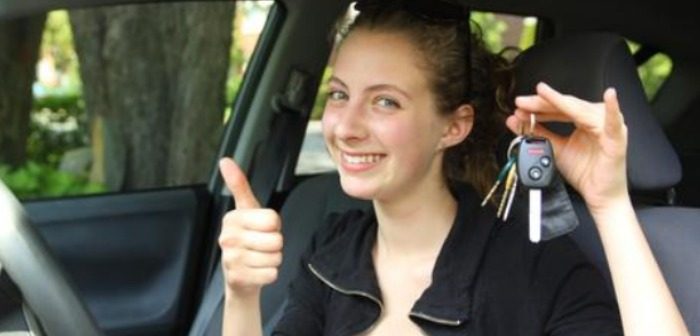Buying a car is one of the most exciting times of a young adult’s life, as it means a key to freedom, travel, and ease of transport. There are many great things about a new car, even if it’s only new to you, and it will soon become a mixture between your first house away from home and your bedroom – full of things that make you yourself.
Unfortunately, buying a car is also riddled with pitfalls, as many people try to sell unsafe or poorly treated cars as being just as good as others, and even with the best car loan rates, you could find yourself out of pocket for shoddy “lemons” like that. How do you spot a dodgy car before you buy it? We’d love to answer that for you…
Tires
The first thing to check when purchasing a car is the tires, as they could be an indicator of the way the car has been driven, and therefore a hint at the condition of the engine. “Bald” tyres are tyres that have next to no tread left on them before they reach the indicator points between the tread, and evenly bald tyres will show that it’s been a long time since the tyres have been replaced, but a car that only has bald drive wheels is more likely to have been raced and burnt out previously.
Lights
The condition of the lights is another thing to note.
Make sure you go to inspect the car during the daytime for the exterior and at night to ensure all the electronics work. Headlights, fog lights, indicators, hazards, dashboard lights and the interior lights are all important, so be thorough with your examination.
Interior
Check the interior upholstery before making the purchase as well, because you wouldn’t want to be stuck with a vehicle full of holes all over the place. Around the seats, under the seats, the door trims and the back seats will all indicate which areas have been used extensively, and how badly used they still are now.
Service History
Always check the service history before buying the car. There should be a log that comes with the car that is full of the dates and signatures of the mechanics who have serviced the vehicle over the years, and if you spot any large gaps in the service history, ask the owner why the car wasn’t serviced then. A large gap in the service history could indicate a serious problem with the car, so this is especially important in older models.
RWC
Always try to get the vehicle with a roadworthy certificate from a certified and trusted mechanic. These certificates assure you, the buyer, that the car adheres to your state’s laws on what a car has to have in functionality to be safe, so a vehicle sold without one will likely cost a lot of money before it’s roadworthy.
If you’re buying a model that is known to be a modifiable car, or a street racer, such as a Honda Civic or a Holden Commodore, ask if they have any aftermarket parts for it as if you’re interested in buying them. Most people will strip off all aftermarket parts to try to sell a car, because they feel the parts will indicate they’ve been treating the engine poorly. If they have the parts, stay away from the car.
These tips show you how a good car can be spotted, and how a bad car can be avoided, so there’s no reason to delay getting your first vehicle as soon as possible!





